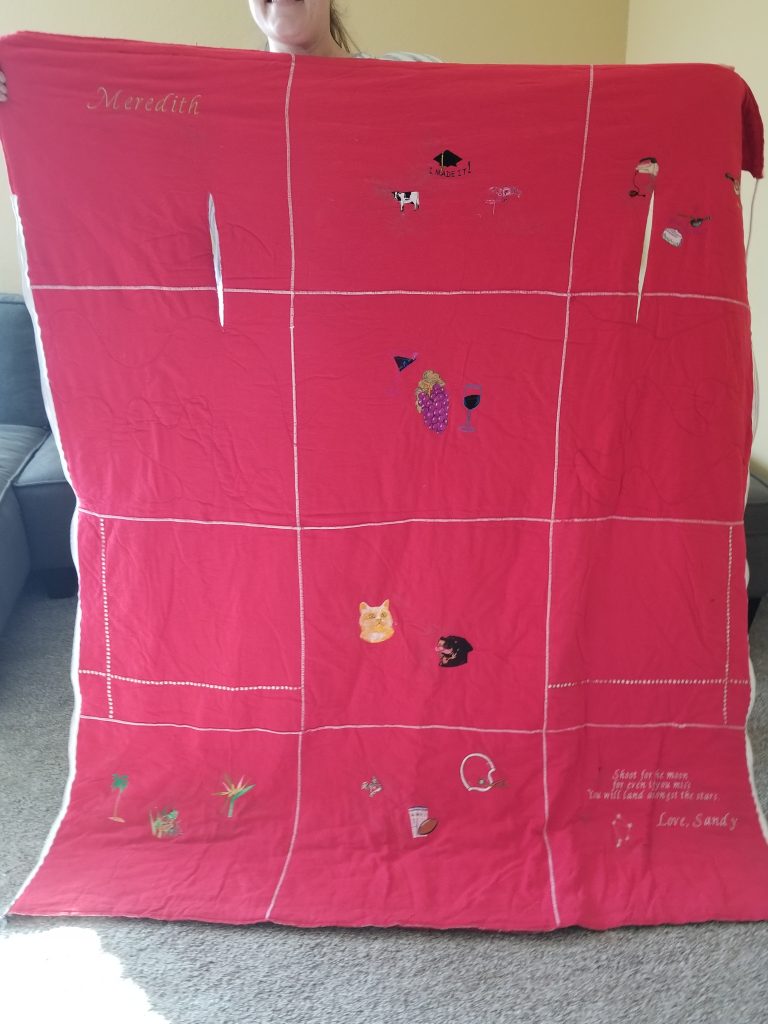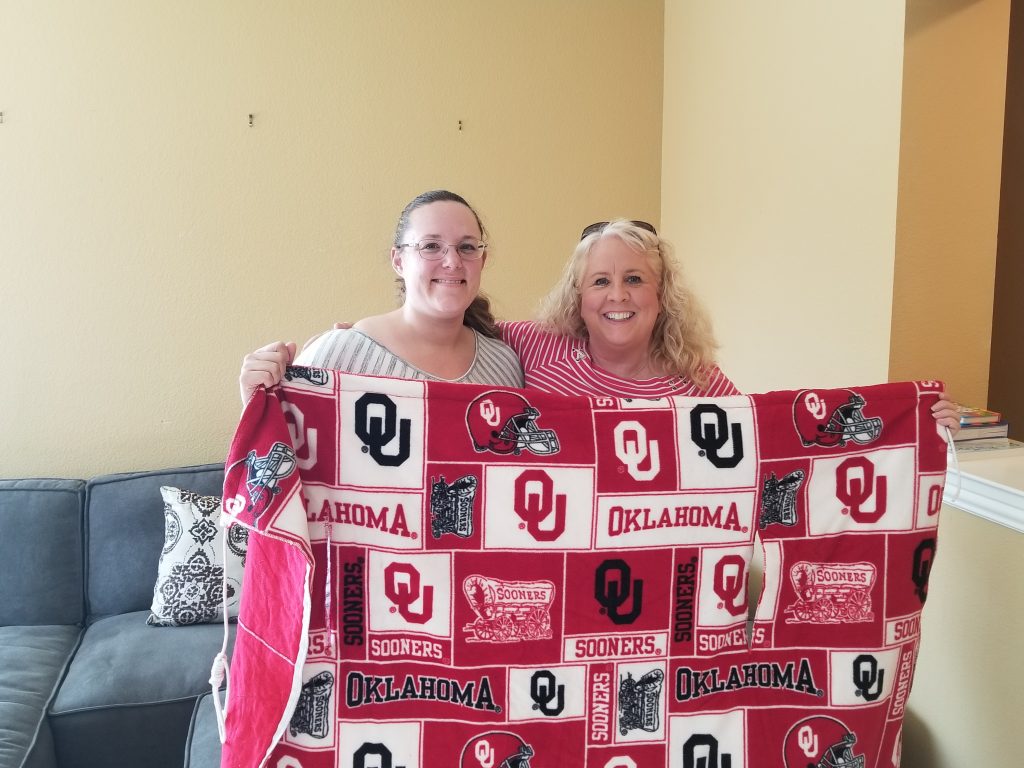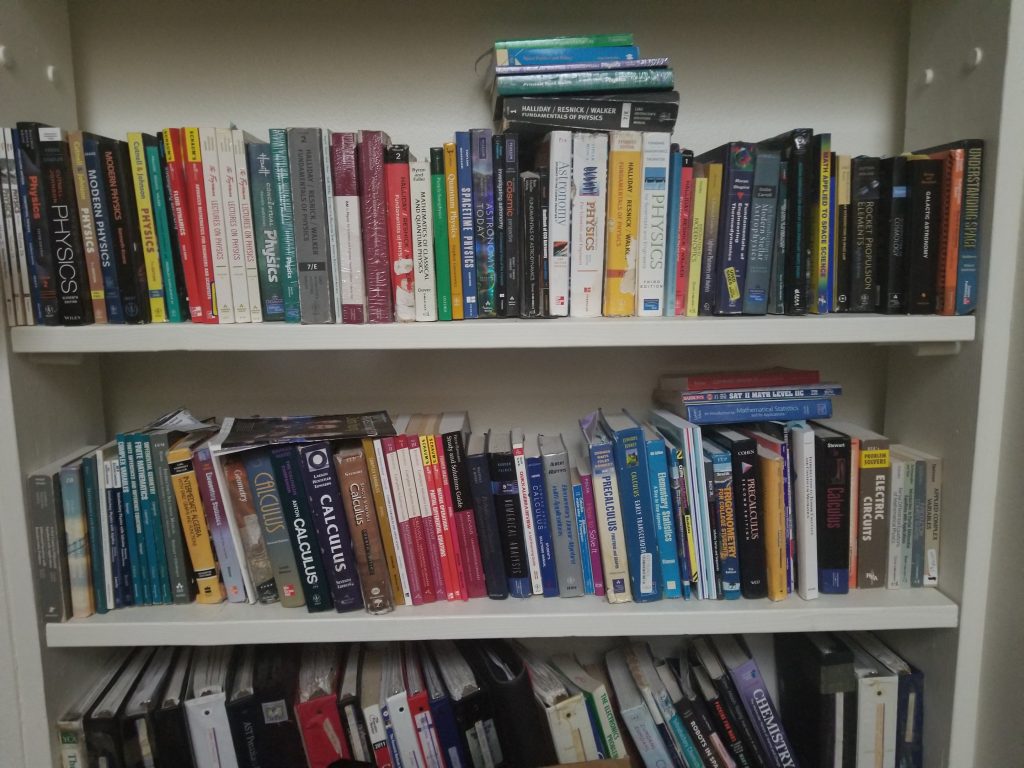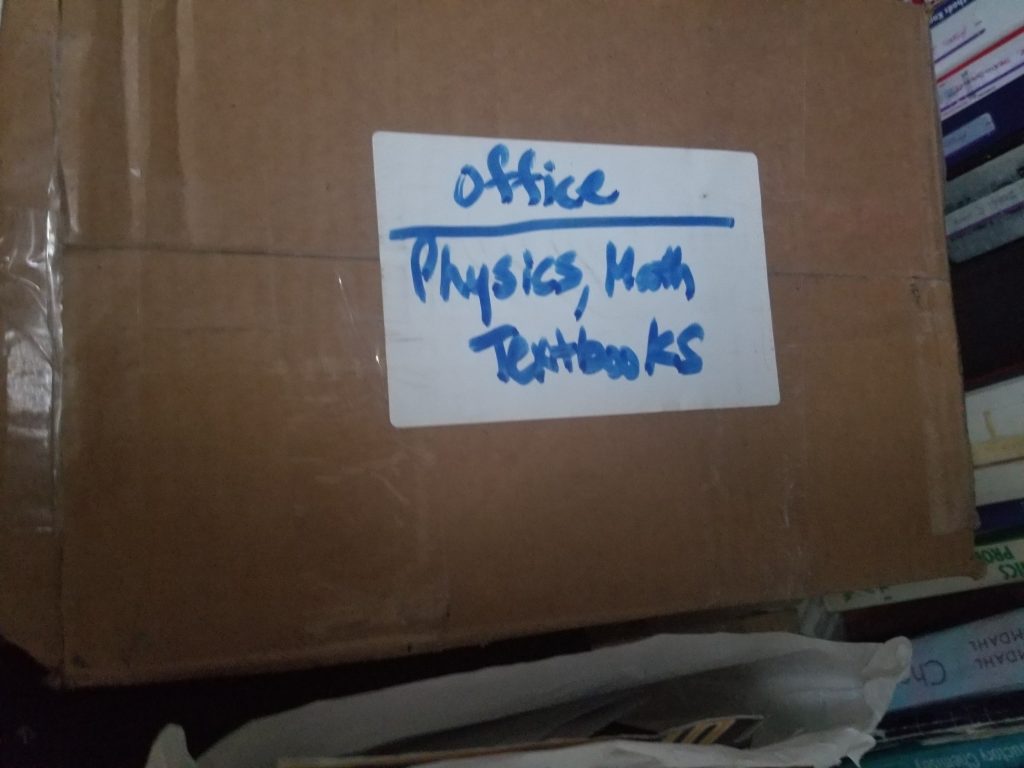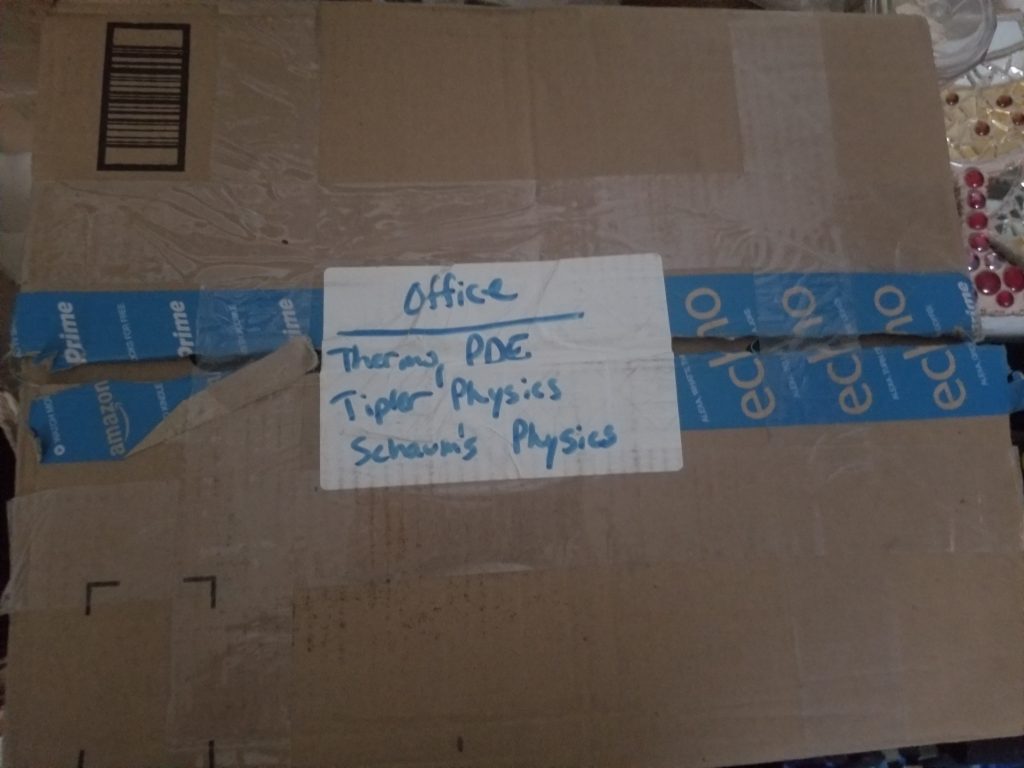Index Cards
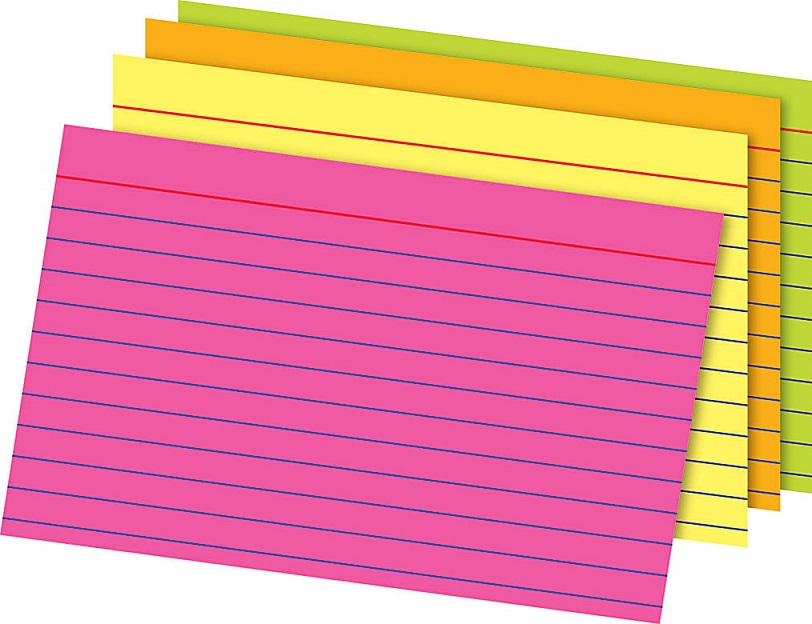
I’ve joked many times that my life revolves around index cards. Now, if you know me, you know that I’ve spent a few decades as a computer geek. I dearly love computers and all their technology. So why, oh why, do I need index cards, when I have a phone, a tablet, and a laptop at my disposal? That’s simple – because the index cards help me better remember things.
Penmanship
I just read an article on the history of cursive handwriting, a skill being phased out in many US schools. The article said, “Research shows that handwriting notes activates multiple brain regions associated with optimal memory, much more so than digital devices. Taking notes by hand or writing a to-do list on paper will preserve that memory a lot longer than typing into a laptop or phone.” The full article can be found here: https://www.wordgenius.com/a-history-of-cursive/YqEsQOgUJwAHVnFv
How Does Writing Improve Memory?
Writing by hand improves memory in a couple ways. First, the action of holding the writing instrument in your hand creates more focus, as you have to think about staying within the lines on the paper, not running over the edges of the paper, putting your thoughts in the right order, and space utilization. If you type on a computer, its easy to erase a mistake. Just go type over it. Not so easy with pen and paper. Now you need another object, an eraser, to help you out. If you wrote in pen, chances are you can’t erase that. Now you must start over. And no one likes to start over. Writing in ink on paper makes you think through what you’re going to write and the order in which you’re going to write it, before you write it down. This causes pathways in the brain to form around the information being written and increases its retention.
Writing by hand also creates muscle memory. When I type on my laptop, my hands and wrists largely sit on the laptop and don’t move. Only my fingers move around. With writing by hand, I have to physically pick my hand up and move it across the paper. If I write too long, I can get a hand cramp. The attention I pay to the cramped hand reminds me of how I got it – writing notes for something I needed to remember. My brain has to reaccess that memory. The more you access the same memory, the longer it will be remembered.
Writing by hand forces you to better organize your thoughts. The paper is 8 1/2 x 11 inches, or, if using index cards, much smaller. You can’t just go back and insert paragraphs and rearrange like you do on a computer. You have to think about placement of the words on the paper, to make sure you get everything down and don’t run out of space.
Writing for Better Grades
I have tutored physics, math and chemistry for many years. Invariably, my students will be given one or more index cards on which to write important concepts, create formula sheets, or to create flash cards. Although it would be faster if I made these up for them, I always have my students do it themselves, and say it aloud while doing so. Now we have four senses, and four areas of the brain involved: they have to see it, taste it (saying it), hear it, and touch it. Wa La!! I just made memorizing the polyatomic ions for chemistry go four times faster!! Who doesn’t love that?
Once the index cards are made, I tell them to carry them around in the pocket of their jeans (or pajamas, if that’s what they’re wearing to class that day). Instead of checking Instagram for the 517th time that day, pull out those index cards while standing in the lunch line. Say them aloud a few times. Or, if your parent is driving you to or from school or somewhere, do you really need to check Facebook again? Pull out those index cards and read through them, aloud, while you’re being driven.
When I drove myself to class when I went back to college, I still used this technique. I’d pull out my index cards while sitting at stop lights and run through them a time or two. The number one reason why I never took Biology is because I am lousy at memorizing. But I still had things I had to memorize for geometry, trigonometry, pre-calculus, calculus, physics and chemistry. How did I get it done? With my index cards.
Need More Help?
If you or someone you know is struggling with physics, math or chemistry in the South Orange County or North San Diego County, California areas and needs help, call me at 858-848-0860 or email me at thebubblyone@gmail.com. You’ll be glad you did.
